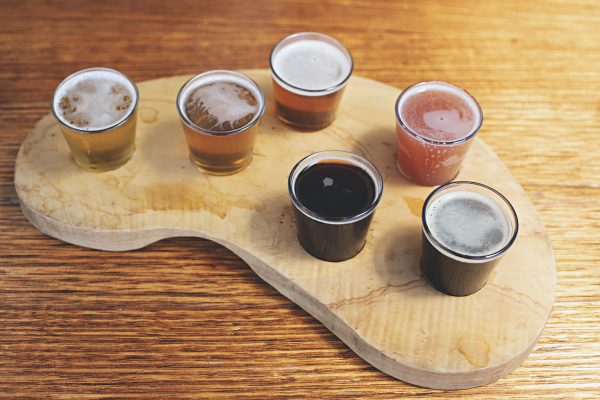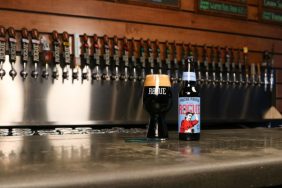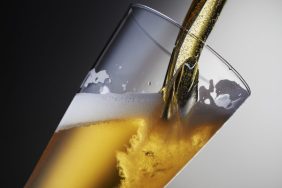Photo: Natalie Jeffcott (Getty Images)
The alcohol world is complicated. This is specifically true in whisk(e)y and beer. The first, whisk(e)y, is dominated by terms like single malt, bottled in bond, single barrel, small-batch, and the various style of whisk(e)y including Scotch, bourbon, rye, and many others. It would be difficult to dissect and explain everything in one article. It would be crazy long and you’d probably feel fairly bored about halfway through. The same goes for beer. This is why, instead of breaking down every term and style of beer, we decided to give you a simple explanation of nine of the most common styles.
Since we’re all about keeping things as concise and easy to understand as possible, we stuck to the classic. Below, you’ll find nine beer styles and a blurb highlighting the pertinent information about each. Use this as a cheat sheet the next time you’re at a party or get-together and someone wants to talk about beer.
Guide To Most Popular Beer Styles
-
Ale

If you’ve ever cracked open a beer, you’ve probably seen the word “ale” at some point. In the simplest terms ale refers to a beer that’s brewed at a high temperature, fairly fast, using quick-acting yeast. They are known for their rich, sweet flavor, with subtly bitter hops and a slightly darker hue than lagers.
Photo: Adermark Media (Getty Images)
-
Lager
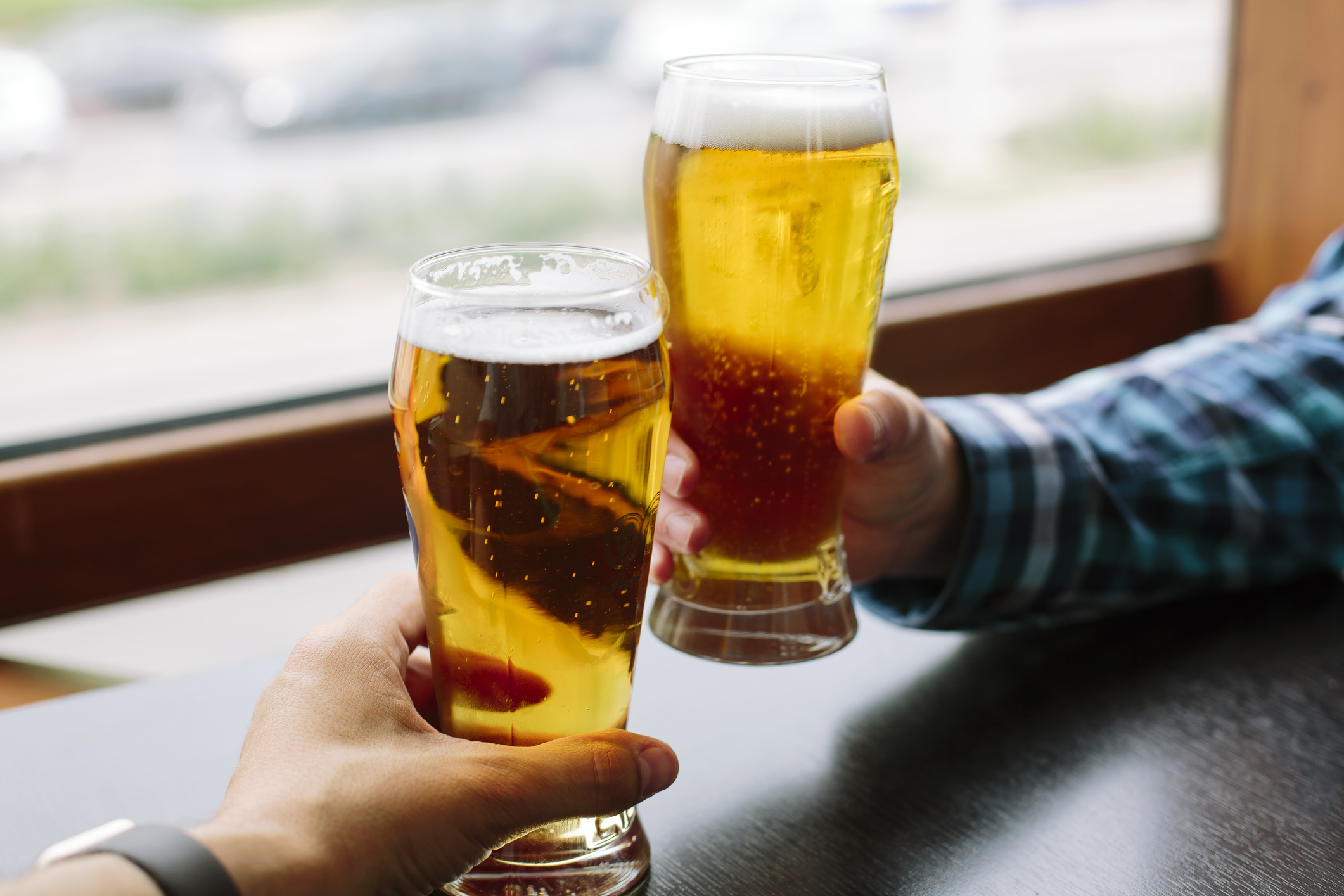
One of the most popular beer styles in the world, the golden to amber colored, crisp, light, refreshing beer style is different from an ale for two distinct reasons. The first is that they are bottom-fermented and the second is that they are fermented for a longer time at a low temperature.
Photo: Alexander Spatari (Getty Images)
-
Sour Beer
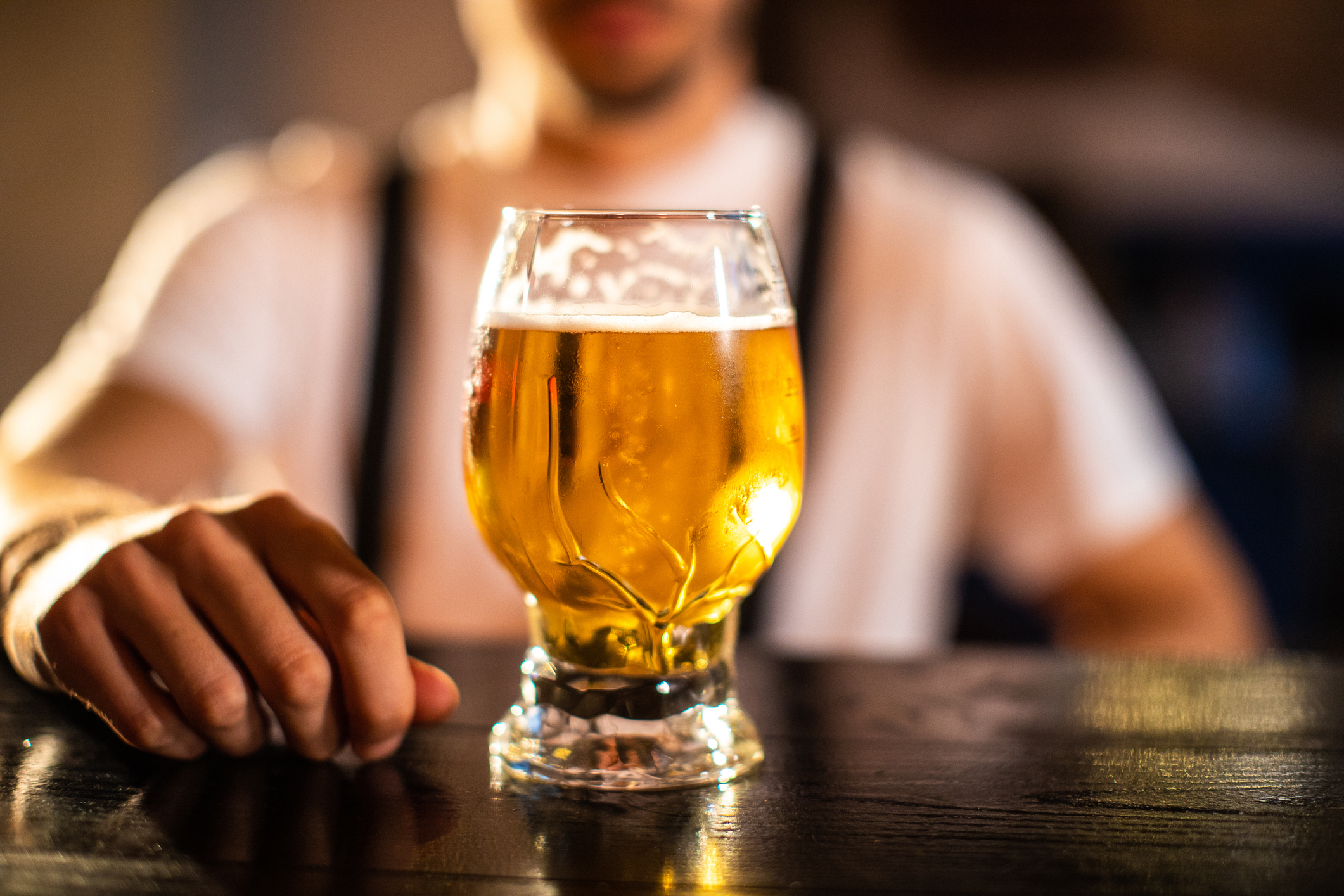
Sour beers are really interesting. While most beers are brewed to prevent bacteria from impacting the flavor, sour beer encourages it by brewing with wild yeasts and bacteria. They’re known for their tart, acidic, and sour flavors.
Photo: miodrag ignjatovic (Getty Images)
-
Stout
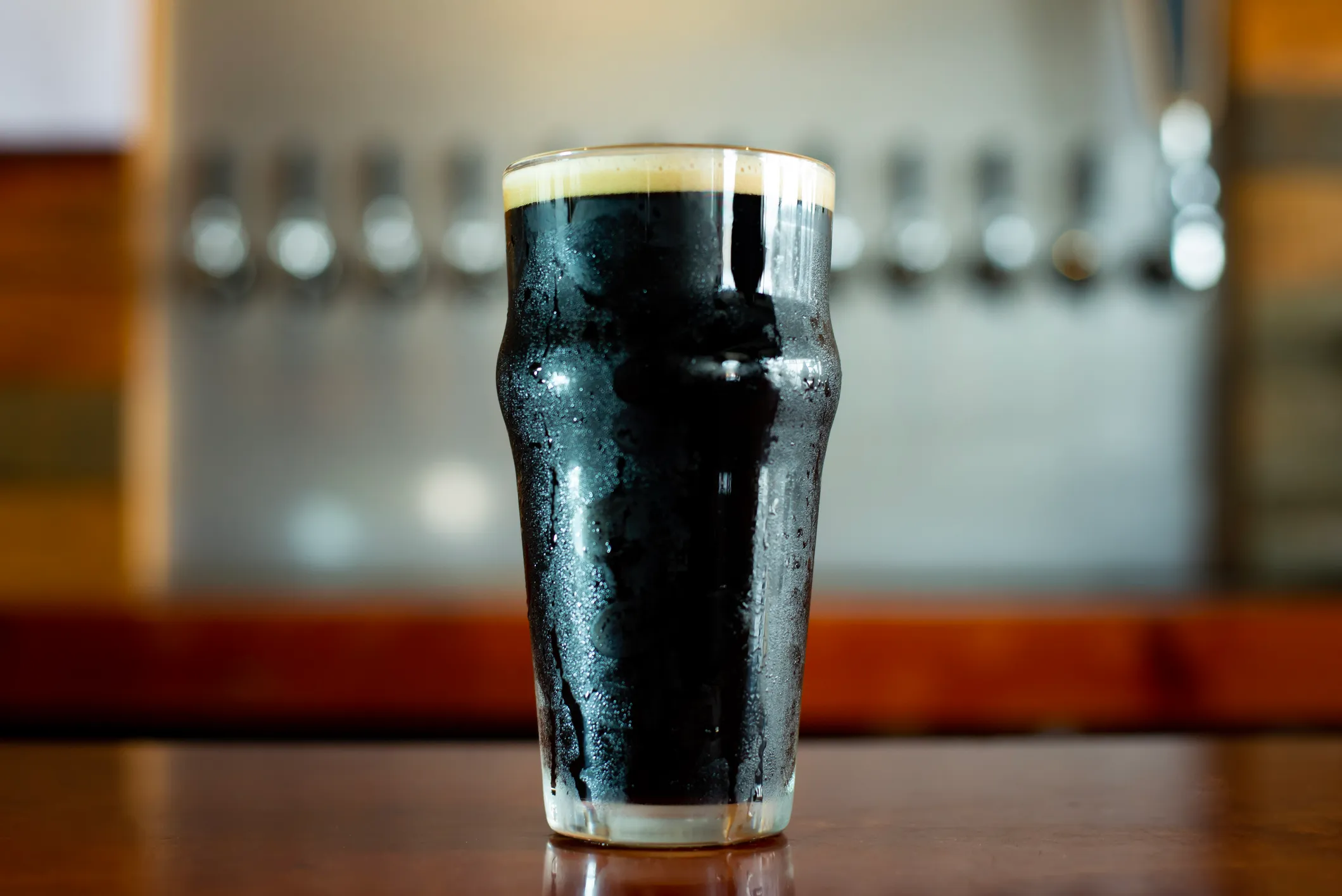
When you think of a classic stout, there’s a good chance you think of Guinness. It’s known for its dry, coffee, chocolate, and slightly bitter flavor. Guinness is a dry Irish stout. There are many different types of stouts, but they all follow the classic stout recipe of using unmalted roasted barley.
Photo: Edgar Cervantes (Getty Images)
-
IPA
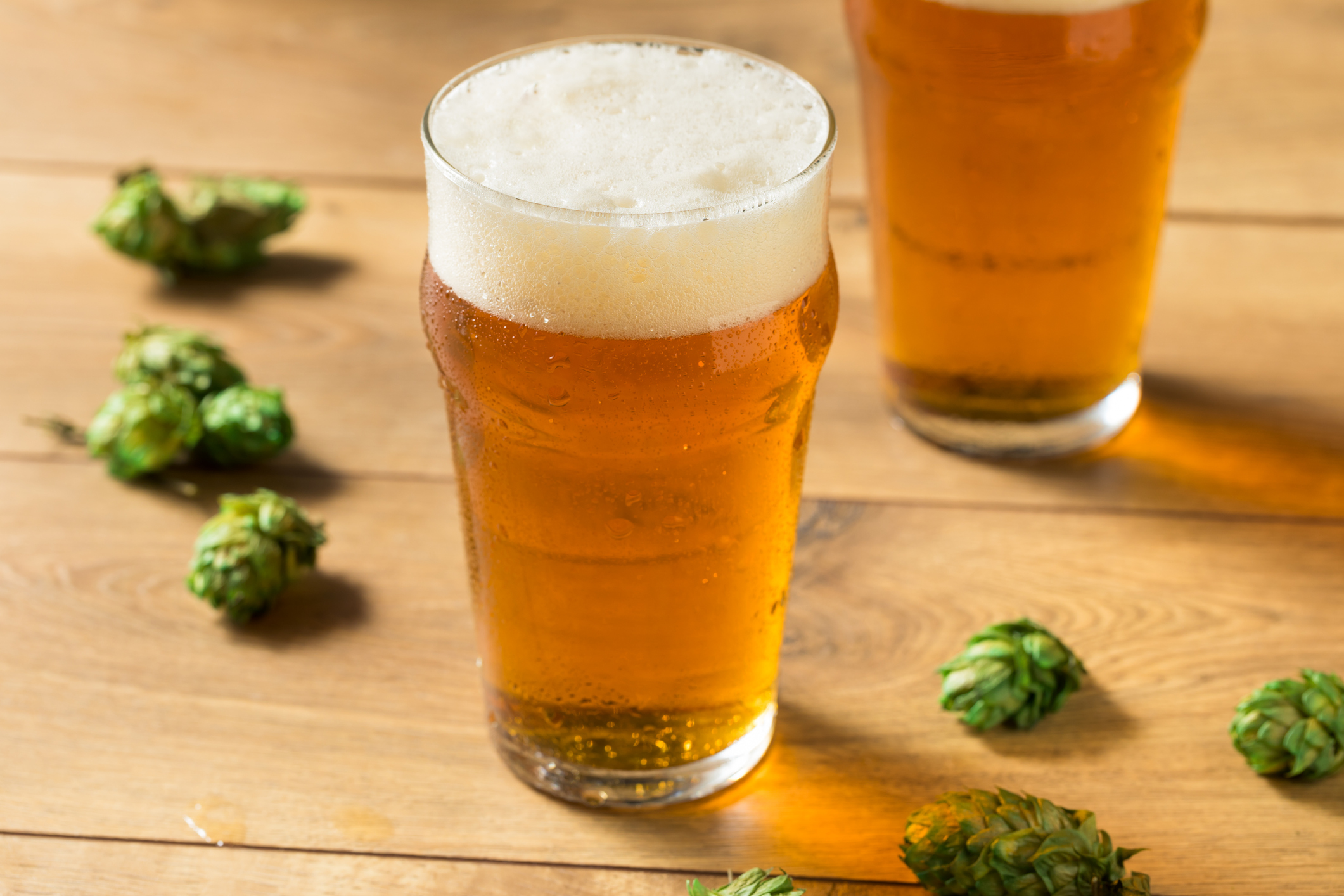
While the lager might reign supreme in world beer, it’s hard to argue that IPAs popularity in the US craft beer world. The India Pale Ale is so named because it was originally brewed with extra hops so that it would survive the long trip to India from England in the 1700s. While there are different varieties, the style is known for its bitter, citrus, and floral hops presence.
Photo: bhofack2 (Getty Images)
-
Pale Ale
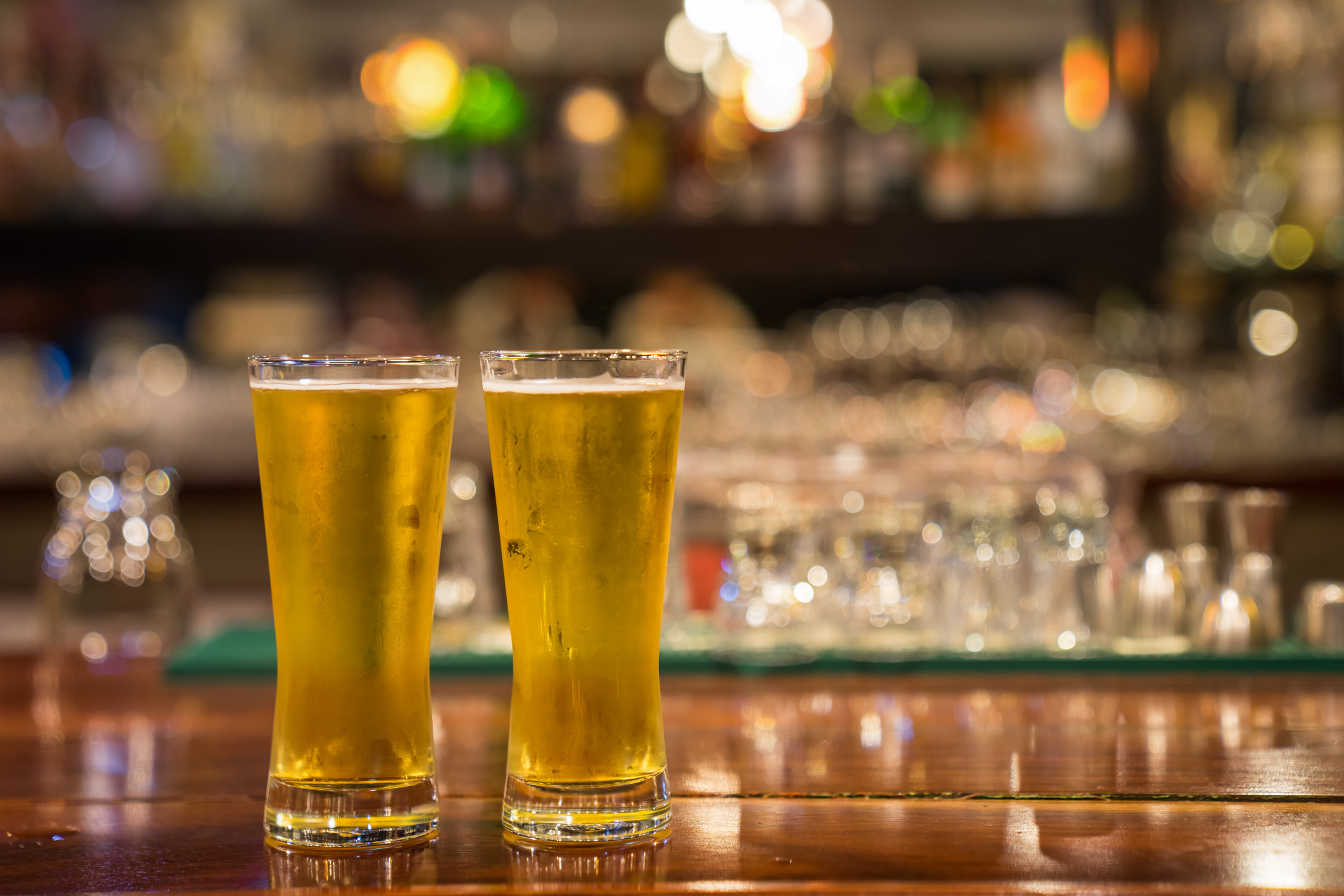
The classic pale ale has its inception in England in the 1700s. It gets its name because it’s brewed with pale malts. While the English style is still popular today, the American pale ale (first brewed by Sierra Nevada) first hit the market in the 80s and is known for its crisp, slightly bitter, floral hoppy flavor.
Photo: manusapon kasosod (Getty Images)
-
Pilsner

Drinkers get just as confused about the difference between a lager and pilsner as they do about the stout and porter. Technically, a pilsner is a pale lager. Named for the German city of Pilsen, they’re crisp, refreshing, and light. The pilsner is also the most popular beer style in the world.
Photo: Thana Prasongsin (Getty Images)
-
Wheat Beer

You probably won’t be surprised to hear that a wheat beer is pretty self-explanatory. It’s simply a top-fermented beer brewed with a large percentage of wheat as compared to barley and hops. The result is a light, sweet, fruity beer well suited for warm weather drinking.
Photo: mmac72 (Getty Images)
-
Porter

Sometimes drinkers get confused about the difference between porters and stouts. They seem pretty similar, right? Well, the classic porter recipe calls for malted barley while stouts are brewed with unmalted roasted barley. While they carry some of the same flavors, porters are sweeter and fruitier than stouts.
Photo: vladans (Getty Images)
